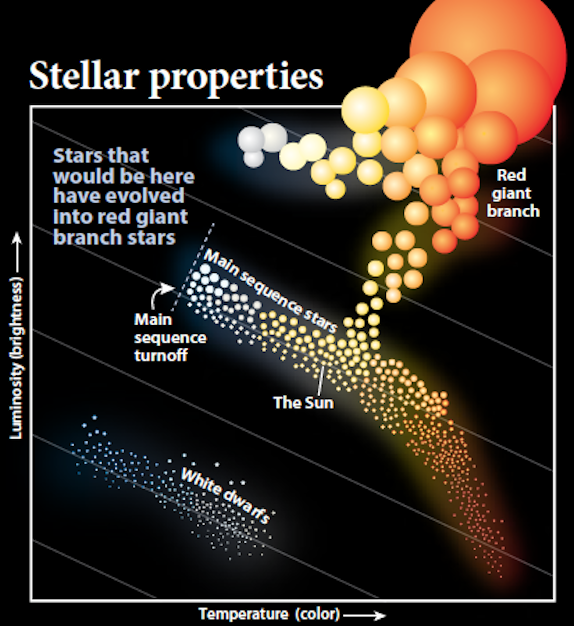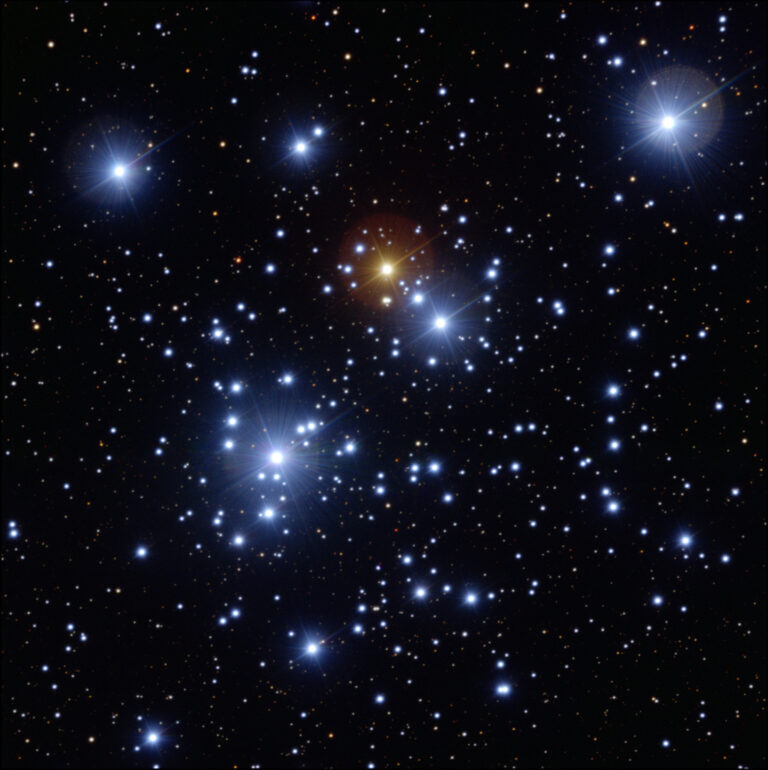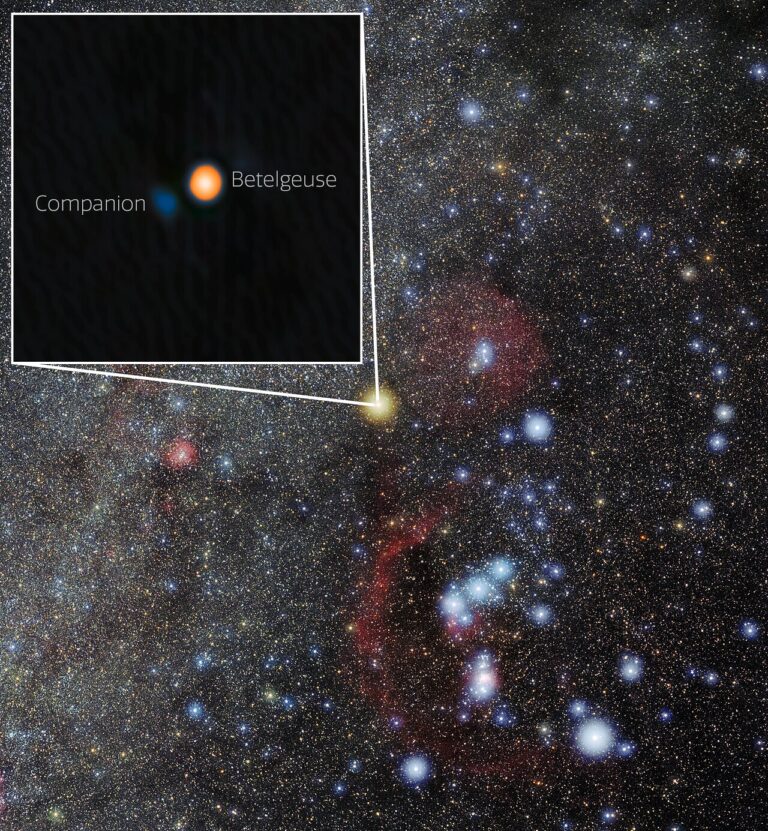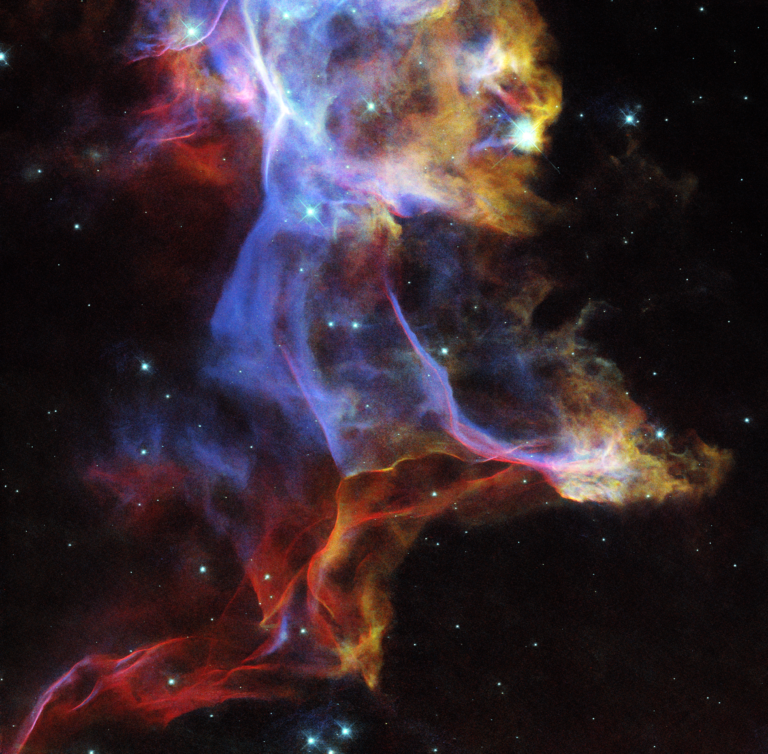Key Takeaways:
Q: The globular cluster NGC 6397 is 7,800 light-years away. If the light we observe is 7,800 years old, what measurement is used to determine the cluster is 13.4 billion years old?
Bo Coffman
Berrien Springs, Michigan
A: To determine the age of a globular cluster, astronomers rely on the assumption that all the stars in the cluster formed at the same time and are the same distance from us. But the stars don’t all have the same mass. Because mass influences a star’s longevity, a star cluster gives us a special snapshot of a bunch of stars that are all the same age but at different points in their evolution.
Astronomers often use a plot called the Hertzprung-Russell (H-R) diagram. It measures the temperature (color) of a star versus its luminosity (intrinsic brightness).
More massive stars are hotter (bluer) and have higher luminosity. The smallest stars are cooler (redder) and have low luminosity.
Drawing a diagonal line across this diagram marks the main sequence. This is where stars spend the majority of their lives, fusing hydrogen in their cores. As the cluster ages, the massive, blue stars run out of fuel first. When a star dies, it stops fusing hydrogen and begins fusing helium. Because this happens at a much higher temperature, the star’s outer atmosphere expands, and it turns into a red giant. As the name suggests, a red giant is reddish in color, so a bright, blue star has now evolved into a bright, red star, and its place on the H-R diagram shifts.
While main sequence stars trace a diagonal line on the H-R diagram, red giant stars create a horizontal line in varying shades of red. This is called the red giant branch. As more of the big stars move onto the red giant branch, the top part of the main sequence disappears. This is called the main sequence turnoff. Because we know how a star’s mass determines how quickly it burns its fuel and where it falls on the diagram, we can use the main sequence turnoff to figure out the age of the cluster. For example, a bright O star will live about a million years. A G-type star like the Sun will live about 8 billion years. A faint, red M star can live 56 billion years. This means that even if it formed at the very start of the universe, an M star will still be on the main sequence today and give us good grounding for our H-R diagram.
NGC 6397 contains more than 400,000 stars, which gives us a lot of points. Using the color and magnitude of each star, we can convert to temperature and luminosity and put them on the H-R diagram. (Note: We technically need to know the distance in order to convert magnitude to luminosity, but since all the stars are the same distance, it doesn’t affect our age estimation.) By studying where the main sequence turnoff is and how far the stars that are no longer on the main sequence have evolved, scientists arrive at the cluster’s age of 13.4 billion years.
It’s also worth noting that the time light requires to reach us from the cluster doesn’t have much impact on the age we measure. The light we receive is 7,800 years old, which is only about 0.000058 percent of the cluster’s total 13.4 billion-year age. So even though that light took thousands of years to reach us, not much has really changed in the cluster since it left.









